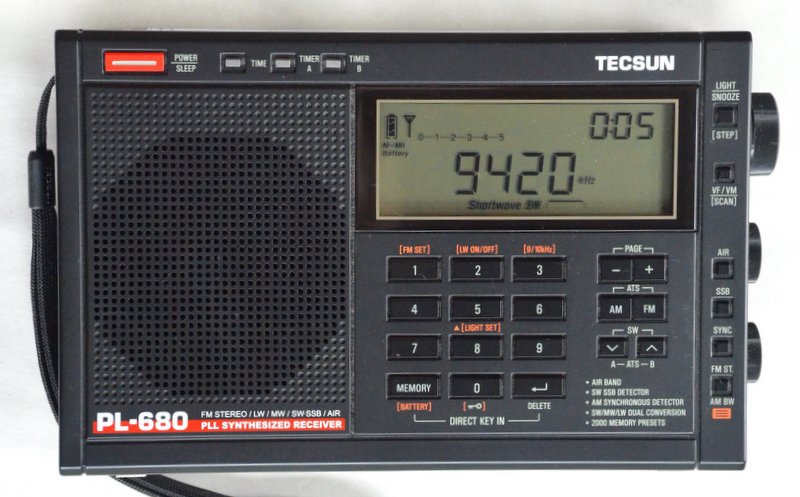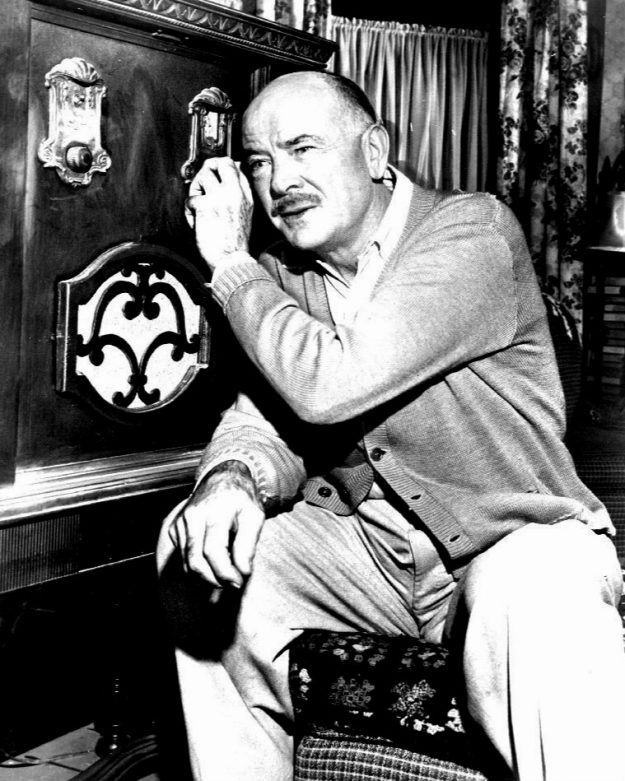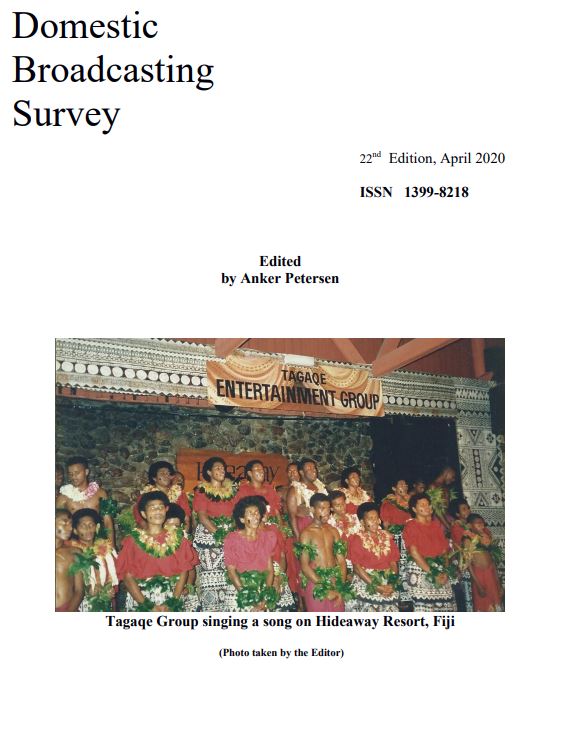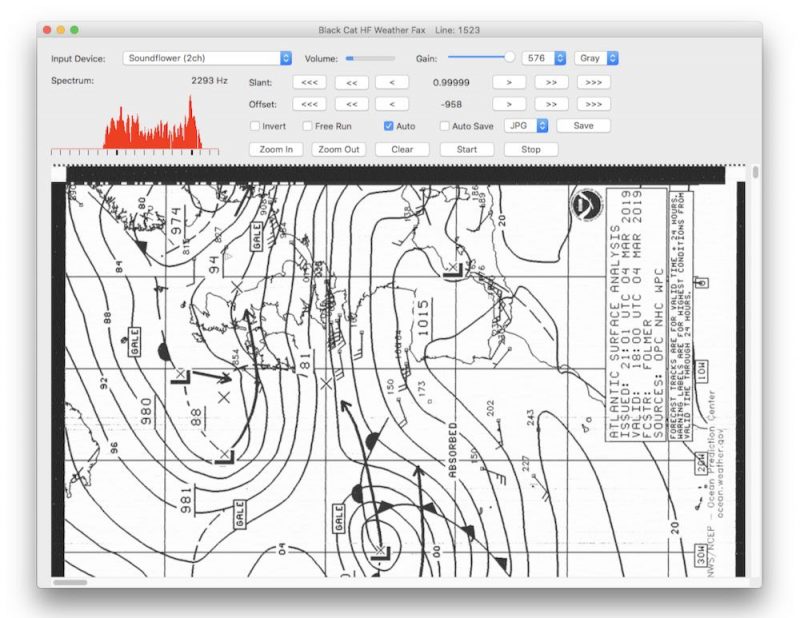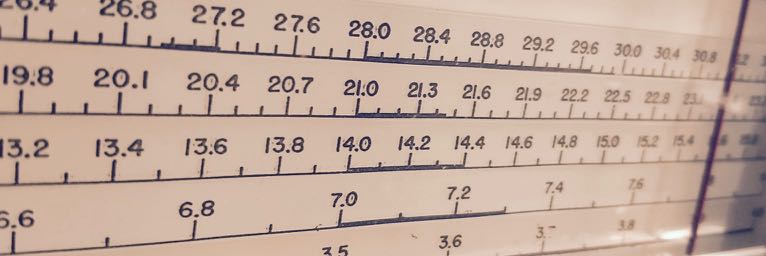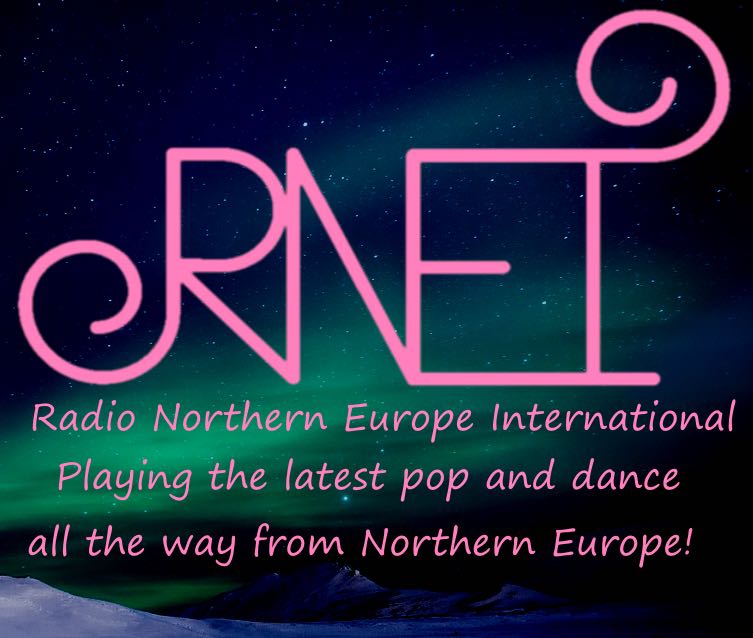Many thanks to SWLing Post contributor, Richard Langley, who shares the following note:
One of the benefits of the Covid-19 pandemic, as if there are any real benefits of a pandemic, is serendipitous programming on SW. I speak in particular of the ERT Proto Programma now airing on the Voice of Greece. As noted today (14 April), here in NB, on 9420 kHz tuning in around 19:50 UTC or so, there was classical opera being broadcast and after the news at 20:00 UTC, we were treated to “Musical Choices by Elena Maraka,” which is an eclectic music program of jazz and blues (funk, etc.). Nice. By the way, in a couple of hours, Proto Programma joins the Second Program (Deftero Programma).
Thank you, Richard, for sharing this note. Just one more reason 9420 kHz is a preset on all of my digital receivers.
And, you’re right: there are no real benefits of a pandemic. Still, it is fascinating from a listener’s perspective to hear how it changes the content of our shortwave landscape.

